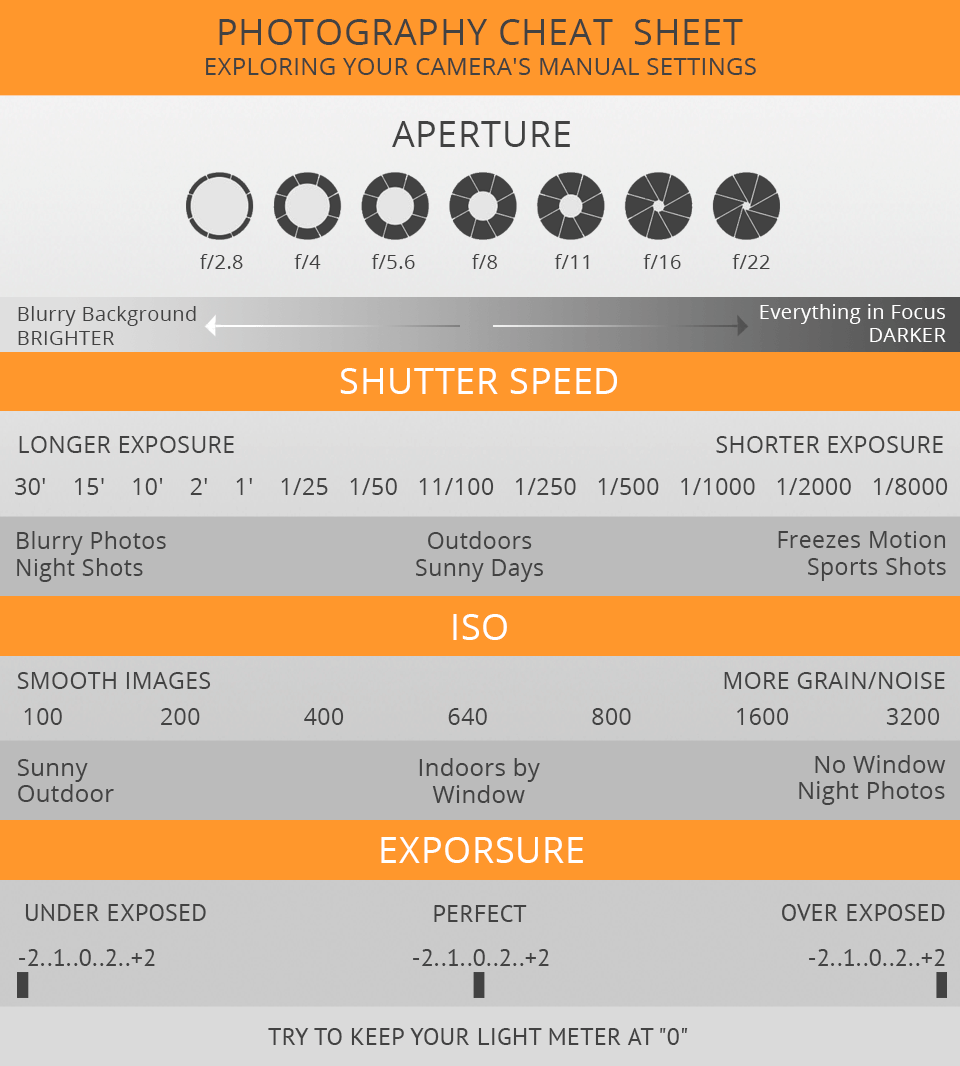What Every Photographer Should Know About Lights
What Every Photographer Should Know About Lights
Blog Article
Writer-Boone Heath
As a digital photographer, you understand that lighting can make or damage your photos. Understanding the subtleties of both all-natural and synthetic light is crucial for capturing the mood and quality you aim for in your work. Whether you're going after the best golden hour glow or tweak your fabricated configurations, grasping these aspects can elevate your digital photography substantially. However there are common mistakes that several neglect, and recognizing them can transform your strategy to every shoot. Allow's explore what you could be missing and how it can influence your results.
Understanding Natural Light
Recognizing all-natural light is crucial for any digital photographer aiming to improve their job. It's the structure of great photography, influencing state of mind, tone, and quality. When you fire outdoors, pay attention to the moment of day. The golden hour-- shortly after dawn and prior to sundown-- supplies soft, warm light that can change regular scenes right into spectacular photos.
Medical Residency Photography take too lightly the power of overcast days. Cloud cover diffuses sunshine, creating a soft, also light that's perfect for pictures and macro digital photography. You'll locate shades appear this sort of lights without harsh shadows.
Positioning matters, too. Constantly consider your subject's positioning to the source of light. If the sun's behind your topic, you might wind up with a shape, which can be remarkable but mightn't be what you desire. On the other hand, straight sunlight can create uncomplimentary shadows.
Try out angles; often, transforming your point of view can yield remarkable results. Use all-natural reflectors, like water or sand, to jump light onto your topic, adding dimension.
Mastering Artificial Light
Understanding artificial light is important for photographers who wish to take their skills to the following level. Whether you're using speedlights, workshop strobes, or continuous lights, understanding how to adjust these resources can significantly enhance your photos.
Start by familiarizing yourself with the essentials of light high quality, instructions, and shade temperature. Explore https://fstoppers.com/education/9-helpful-composition-tips-landscape-photography-475182 like softboxes, umbrellas, or grids to regulate the soft qualities or harshness of the light.
Pro photographer near me 'll discover that soft light commonly develops flattering results, while harsher light can include drama and deepness. Don't shy away from darkness; they can improve the three-dimensionality of your subjects.
Pay attention to the placement of your lights. A light positioned as well close to your topic can produce uncomplimentary results, while too far can bring about an absence of detail. Utilize a light meter or your video camera's pie chart to ensure you're revealing appropriately.
Finally, keep in mind that artificial light can be blended with ambient light for innovative results. Stabilizing these sources might take practice, but once you master it, your digital photography will really beam.
Methods for Various Scenarios
When you step into different capturing situations, adjusting your illumination techniques is essential for capturing the very best images. For outside pictures, utilize the gold hour-- morning or late afternoon light-- to soften darkness and boost skin tones.
If it's a severe noontime sunlight, consider using a reflector to bounce light back onto your subject or look for shaded areas for a more even exposure.
In low-light situations, like interior events, raise your ISO and utilize a large aperture to let in even more light. A tripod can assist remove camera shake, enabling longer direct exposures without obscuring.
If you're shooting at night, explore off-camera flash to develop vibrant lights and deepness in your images.
For product digital photography, use diffused lights to avoid extreme representations. Softboxes or light outdoors tents can help achieve this impact.
When photographing landscapes, think about the direction of light and time of day, as it can significantly transform the mood of your shot.
Constantly be ready to change your setups and placing based upon the situation, as flexibility is vital to understanding lights in photography.
Verdict
In conclusion, mastering illumination is essential to boosting your photography abilities. Accept natural light's appeal throughout golden hour, and don't avoid explore synthetic light methods. By adapting your technique to various circumstances, you'll capture spectacular photos that resonate with emotion and quality. Keep in mind, the appropriate lights can transform an average shot into something extraordinary, so keep exercising and improving your understanding of both natural and synthetic light. Pleased capturing!
